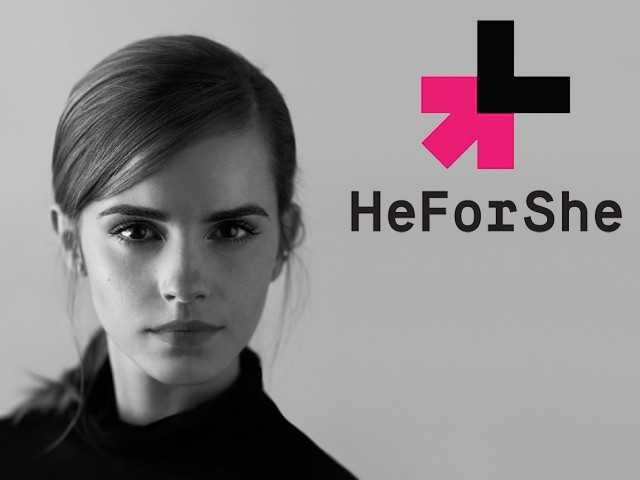
Emma Watson: spokesperson of HeForShe
Emma Watson, who was appointed Goodwill Ambassador for UN Women in 2014, is one of the three key people who initiated HeForShe. This campaign for gender equality encourages men and boys to fight for women's rights.
It is during her speech at the Headquarters of
the United Nations in New York on the 20th of September 2014 that Emma Watson
launched the HeForShe movement.
Here's a quote from her speech: "How can
we effect change in the world when only half of it is invited or feels welcome
to participate in the conversation?"
This is a new way of thinking about gender
equality because here, men are encouraged to get involved. Emma Watson has
asked the world to take action to build a new solidarity movement for gender
equality because women and girls continue to be victims of discrimination and
violence everywhere in the world. She says that this is not just a women's
issue, it's a human rights issue.
During this speech, a call was made for the
first 100,000 men to sign up to HeForShe. Barack Obama and Matt Damon were
amongst those who signed.
On the 23rd of January 2015, at the World
Economic Forum in Davos, a new initiative was launched: the Impact 10x10x10
initiative. Its goal was also to promote gender equality and women's empowerment
but within companies, governments and universities. It is, once more, Emma
Watson who launched the movement with a speech.
To celebrate International Women's Day on the
8th of March 2015, a live conversation in the offices of Facebook in London with
Emma Watson was organised and broadcast live on her Facebook page. The actress
responded to questions about the campaign but also about her point of view on
feminism.
The strong-willed Hermione Granger has grown up
to become Emma Watson, the woman who fights for women's rights!





